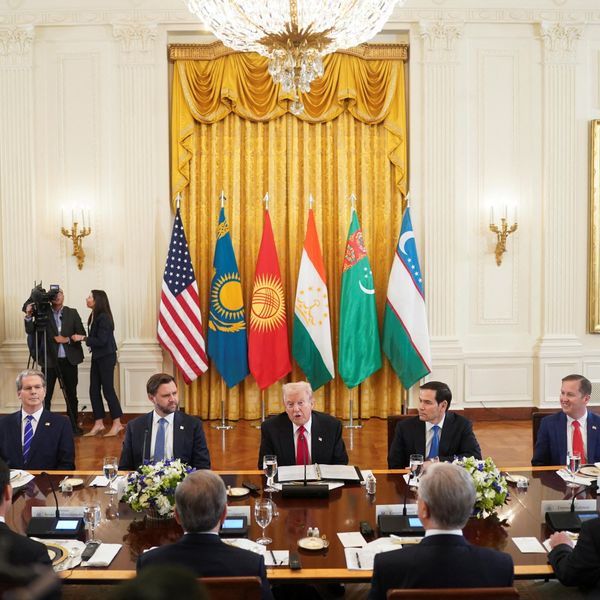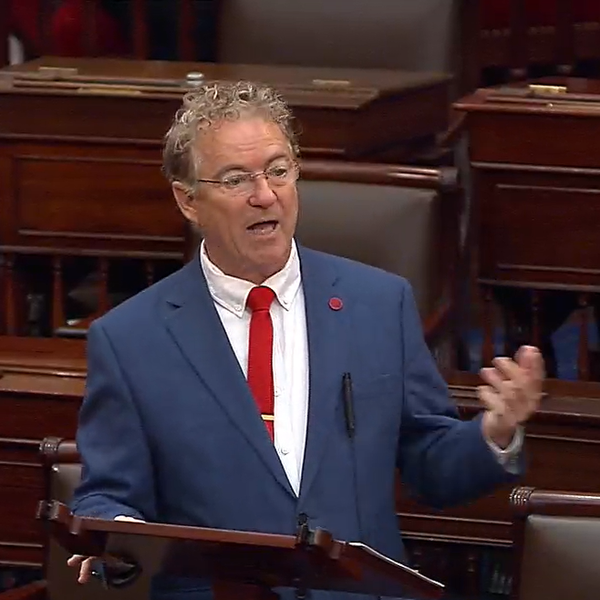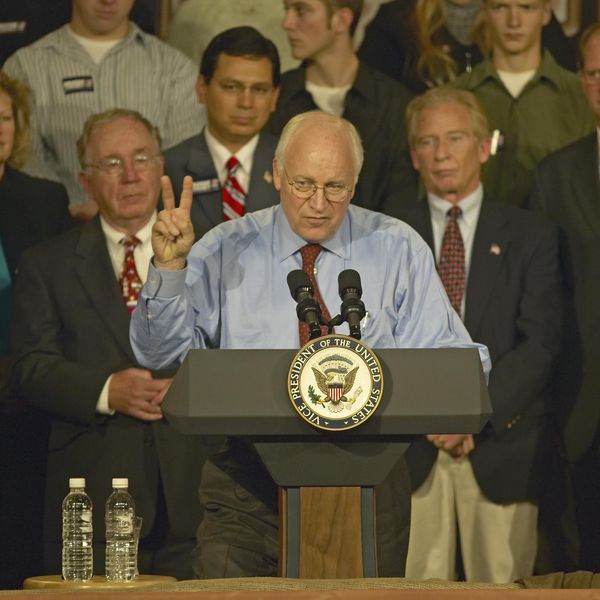With the Pentagon late last year failing its sixth audit in a row and majority of major weapons systems coming in way over budget while failing to deliver promised capabilities, it’s evident that our defense procurement system has major problems.
Perhaps the most significant underlying cause (among many) is that not only do all defense contractors make a profit from regulations — but the giant firms that have come to dominate our defense industry thrive on regulations. They turn regulatory compliance into a competitive advantage.
In other words, the more regulations and red tape levied on defense contractors, the more profits they reap.
How Does This Work?
Federal regulations limit profit margins for weapon system contracts, but weapon system costs are not limited. Hence, with the DoD focused on trying to limit profit margins, the one sure way to grow overall profits is to charge more for the weapon systems. Earning a 10% profit margin on a $10 billion weapons system contract will generate as much profit as earning a 20% margin on a $5 billion contract for the same weapon system.
However, not all costs are the same, as a higher profit margin is allowed on research-related costs. Consequently, if defense contractors can successfully persuade the Pentagon and Congress to support large increases in research-related costsarge increases in research-related costs, they can not only grow the overall size of the weapons systems contract, but they can also charge higher profit margins for the portion of the project categorized as research. And the primary way that contracts are increased in size is by adding chargeable hours to the contract, many of which, including research hours, can be associated with maintaining regulatory compliance.
Enough with Theory!
That’s all fine in theory, but just how much is regulatory compliance costing taxpayers? According to the most comprehensive study, the regulatory compliance premium is about 18% of the total cost. This 1994 study, conducted at the behest of former Secretary of Defense William Perry, came to its conclusions by interviewing 1,000 defense contractor executives, cost center managers, and other key workers to evaluate 120 cost drivers.
The 18% number is the total cost of the regulatory burden, and includes the costs associated with hiring people dedicated to tracking and ensuring regulatory compliance. This is an important point, because regulatory compliance affects how much time engineers, scientists, and factory workers take to do their job which invariably adds more time. Not all positions and tasks are equally affected by regulatory burden. For example, the Perry study found that companies involved with weapons systems development projects that require a lot of engineering time incur a 27% regulatory premium.
But regardless of the exact premium each firm incurs, it is a cost upon which they earn profit.
When you are talking about hundreds of billions of dollars going to defense contractors annually, an 18% regulatory premium is a big number that produces a lot of profits. But it has likely grown since the study was conducted and should be considered a conservative estimate in today’s regulation/mandate-driven world.
Evidence that the regulatory burden has only grown since 1994 is provided by a 2023 study by the National Association of Manufacturers that found regulatory costs borne by U.S. business grew by $464 billion since 2012 and now totals $3.079 trillion annually. Another study found that in real terms, regulatory costs have been growing about 1% per year.
But even if the regulatory burden is still only 18% for weapon system acquisition, with roughly 50% of the FY 2024 $842 billion defense budget going to defense contractors, the regulatory premium calculates out to be approximately $75 billion. Astoundingly, the regulatory premium alone for the U.S. weapons industry is more than what all but five countries spent last year in total on their national defense.
Regulatory Costs Have Driven Consolidation - Reducing Competition and Accountability
As noted above, for defense corporations, especially the larger ones, the regulatory burden is used to beef up the size of weapons contracts and earn billions in additional profits. Further, when it comes to regulatory costs, large firms enjoy a competitive advantage over smaller firms due to the fact that, on a percentage of overall cost basis, economies of scale advantages allow larger firms to cover the costs of compliance for relatively less cost.
Indeed, a recent study by Stanford Postdoctoral fellow Shikhar Singla found that for small firms increasing regulatory costs result in lower sales, employment, markups, and profitability, while for large firms greater regulatory costs result in higher sales, employment, markups, and profitability. That larger firms do better in highly regulatory operating environments has put pressure on smaller companies to merge or sell.
This helps explain the defense industry consolidation we have seen, with major prime aerospace defense contractors going from 51 in 1993 to just five today.
This massive, regulatory-driven consolidation has had profoundly negative effects. In a November 2023 interview with CBS News, Shay Assad, who spent four decades negotiating weapons deals for the Pentagon, made this statement regarding today’s defense contractors:"they need to be held accountable. No matter who they are, no matter what company it is, they need to be held accountable. And right now, that accountability system is broken in the Department of Defense.”
Assad further noted that reducing the number of defense contractors from 51 to the five giants that we have today has taken the defense industry from being one of “intense competition” to one of little competition.
All of the above adds up to regulatory costs not only serving as a profit generator for big defense, but also as a driver for reduced competition and accountability. What’s more, with the top 10 defense contractors gobbling up 74% of defense procurement dollars, we are destined to get less and less bang for our taxpayer dollar.
Only through major disruptive reforms such as minimizing concurrent development, setting strict time limits on development time for new ships and aircraft, mandating greater technology readiness levels, and perhaps even taking away ship design away from defense contractors and returning it back to the Navy, will we be able to reverse our military’s decline.















